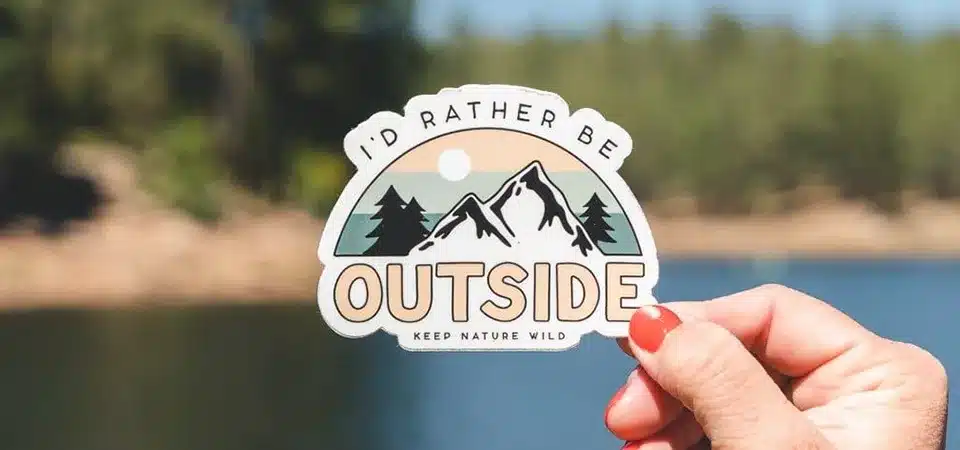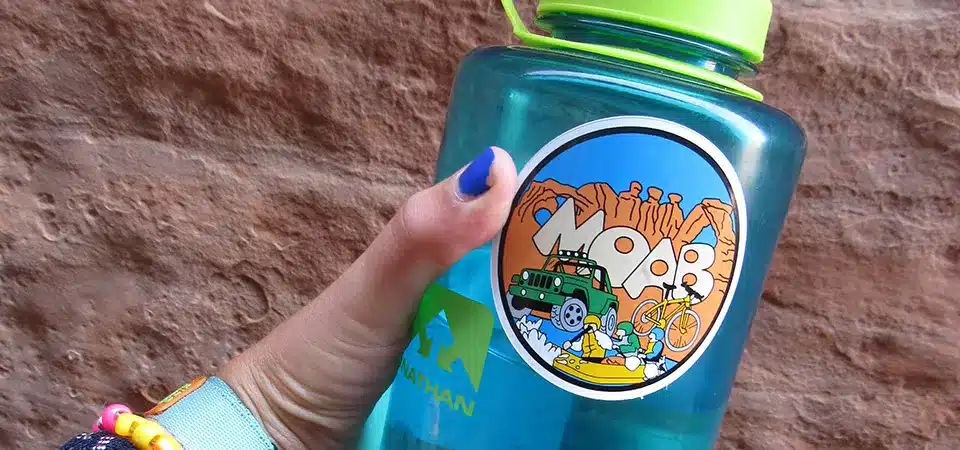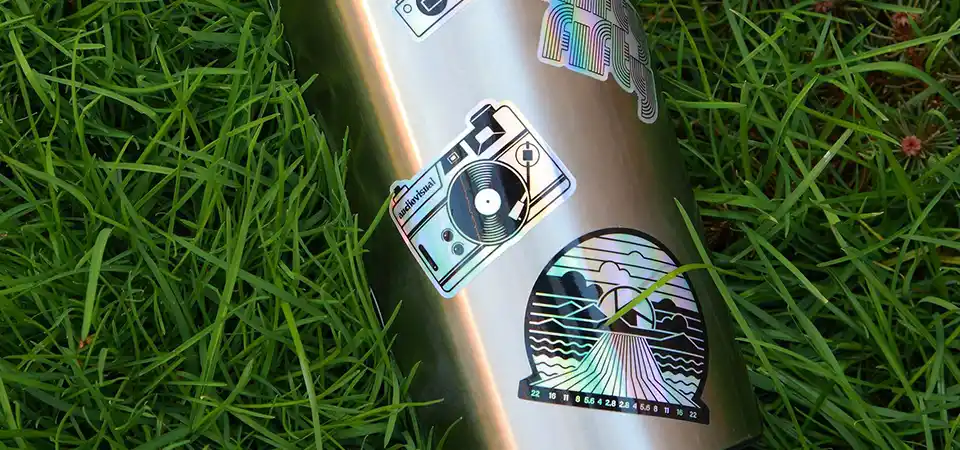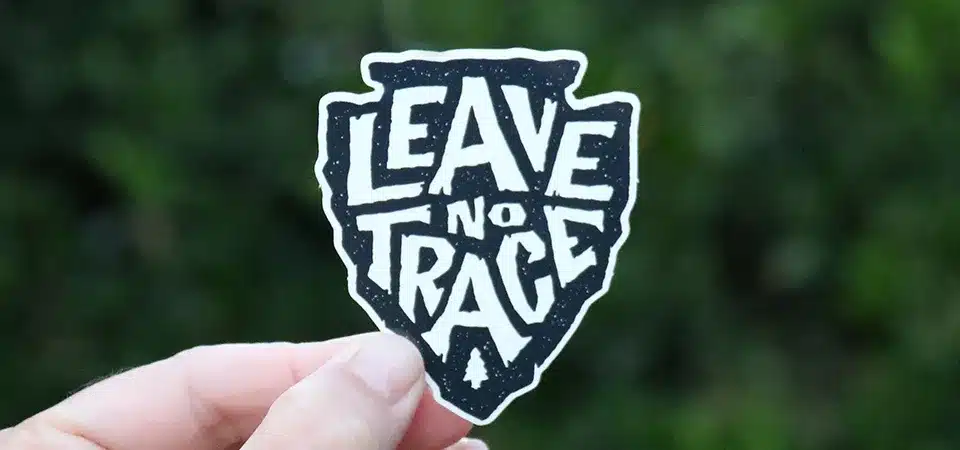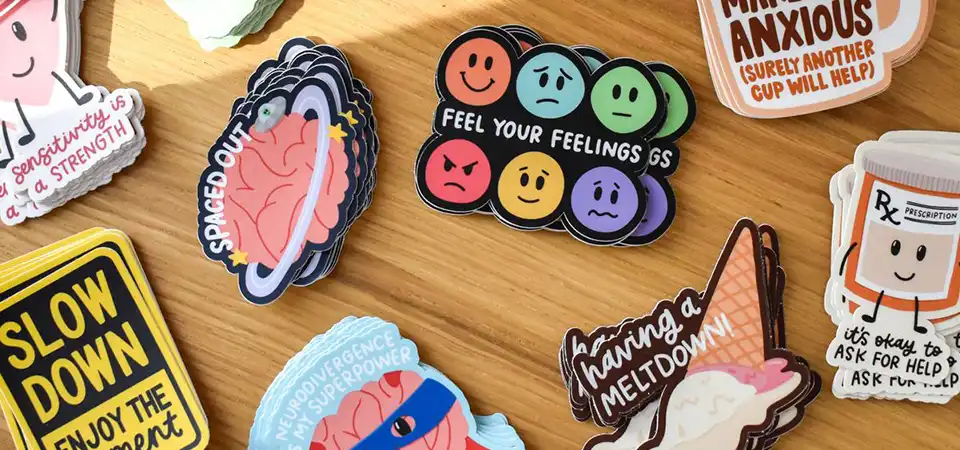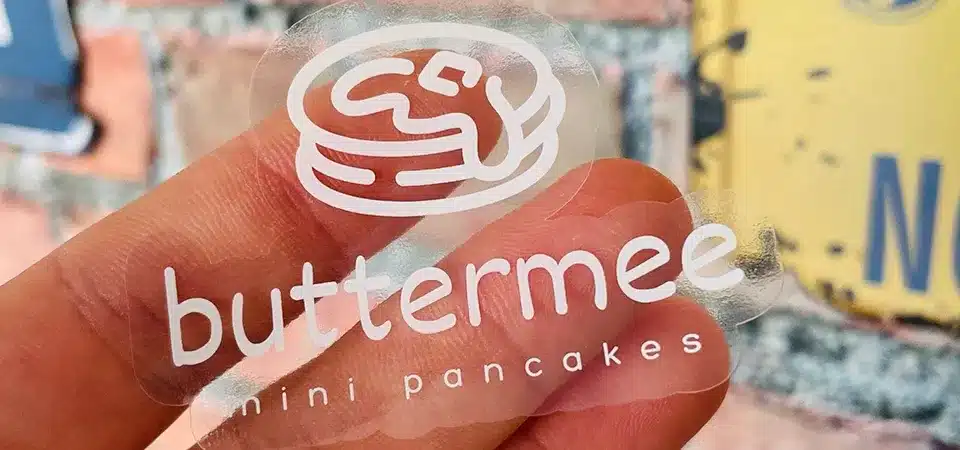You bought a "waterproof" sticker, but after a few months, it's a faded, peeling mess. It's frustrating to see your investment wash away, making your brand or gear look cheap.
High-quality waterproof stickers can last 3 to 5 years, even outdoors. The lifespan depends heavily on the material, a protective laminate, and exposure to sun and moisture. Laminated vinyl stickers offer the best durability, while indoor stickers can last even longer.
I get this question all the time in my sticker printing business. People want to know if they're buying something that will last a week or for several years. The honest answer is: it all depends on what it's made of and how it's treated. A sticker isn't just one thing; it's a system of materials working together. I want to walk you through exactly what gives a sticker its staying power so you know what to look for.
What factors affect the lifespan of waterproof stickers?
You think all waterproof stickers are the same. But then some fade in the sun while others crack in the cold, making your products or brand look inconsistent and poorly made.
The three main factors are the base material (vinyl is best), the ink quality (UV-resistant ink prevents fading), and a protective laminate. The laminate acts as a shield against sun, scratches, and moisture, and is the most critical element for a long lifespan.
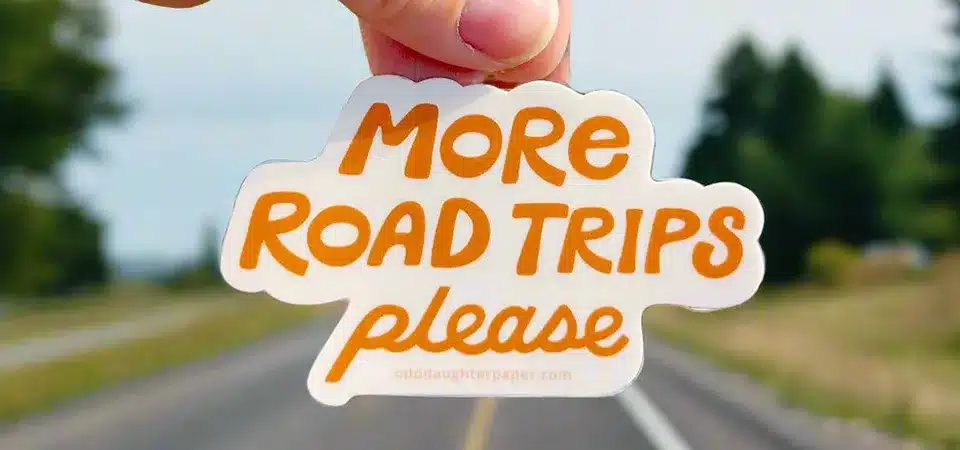
In my shop, we think of a sticker as having three layers. If any one of these layers is low quality, the whole sticker will fail. You can have the best ink in the world, but if it's printed on a paper base, it will never be truly waterproof.
The Material Base
The foundation of any good waterproof sticker is its base material. That material has to be plastic. We use vinyl (PVC) for our most durable stickers because it's flexible, tough, and completely non-porous. Paper, on the other hand, is made of wood fibers that are designed to absorb liquid. Even with a glossy coating, water will eventually seep into the edges of a paper sticker, causing it to swell and peel.
The Ink and Printing Process
Next is the ink. For stickers meant to last, we use special eco-solvent or UV-cured inks. These inks don't just sit on top of the vinyl; they form a chemical bond with the surface. This makes them incredibly resistant to being scratched off or washed away. This is very different from the standard ink in a home office printer, which can smear easily.
The Protective Laminate
This is the real hero. After we print the design, we apply a thin, clear layer of protective laminate over the top. This laminate is a shield. It provides the primary defense against UV sunlight, which is the number one cause of fading. It also protects the printed ink from scratches and moisture. I once had a client who tried to save a little money by skipping the laminate on an outdoor sticker order. Six months later, he came back because all his beautiful, vibrant stickers had faded to a pale pastel. We remade them with a UV laminate, and they've looked perfect for years.
How long do waterproof stickers last outdoors vs. indoors?
You put the same sticker on your laptop and your car. The laptop sticker looks brand new a year later, but the one on your car is a faded, peeling wreck. Why did it fail?
Outdoors, a quality sticker faces sun and rain, giving it a typical lifespan of 3 to 5 years. Indoors, away from these elements, the same high-quality sticker can easily last over 5 years, with the main threat being physical wear and tear.

The environment is the biggest factor in a sticker's lifespan. An indoor sticker lives a pretty pampered life compared to one that has to survive outside. The difference in durability can be huge.
| Environment | Primary Threats | Expected Lifespan (High-Quality Sticker) |
|---|---|---|
| Outdoors | UV Sunlight, Rain, Temperature Changes, Abrasion | 3 - 5 years |
| Indoors | Physical Scratches, Cleaning | 5+ years |
The Outdoor Challenge
An outdoor sticker has three main enemies. The first and most powerful is UV radiation from the sun. It mercilessly attacks the color pigments in the ink, causing them to break down and fade. Second is moisture from rain, snow, and humidity, which constantly tries to work its way under the sticker's edges. Third is temperature fluctuation. The sticker material expands in the heat and contracts in the cold, which can slowly weaken the adhesive's bond over time. For a sticker to survive this, it needs to be what we call "weatherproof"—fully waterproof, UV-protected, and made with a powerful, permanent adhesive.
The Indoor Advantage
Indoors, a sticker is safe from the sun and rain. The temperature is stable. Its only real threats are physical contact and cleaning. For example, a sticker on a water bottle gets handled a lot and washed frequently. A sticker on the back of a laptop might get scuffed going in and out of a bag. For these uses, a standard waterproof vinyl sticker is good, but a laminated one is always better because the laminate provides that essential scratch protection that keeps the printed design looking fresh.
Can you wash waterproof stickers?
You want to put cool stickers on your water bottle or travel mug, but you're afraid to wash it. The fear of ruining your stickers means your favorite bottle doesn't get properly cleaned.
Yes, you can absolutely wash high-quality waterproof stickers. For the best long-term results, hand wash them gently. Most top-tier vinyl stickers with a laminate can even survive the top rack of a dishwasher, but high heat and harsh detergents will shorten their lifespan.

We design our premium stickers specifically for things like water bottles, thermoses, and lunch boxes. We know they are going to get washed. The key is to understand that a dishwasher is a much harsher environment than a simple hand wash.
Hand Washing vs. The Dishwasher
Hand washing is always the safest method to make your sticker last as long as possible. Just use a soft sponge and normal dish soap. The important thing is to avoid using an abrasive scrubber, like steel wool or the rough side of a sponge, directly on the sticker itself. That can scratch the laminate over time.
A dishwasher is a sticker torture chamber. A sticker has to survive three attacks at once: the extreme heat of the drying cycle, the harsh chemical detergents, and high-pressure water jets. I once worked with a local coffee shop that wanted stickers for their ceramic mugs. Our standard waterproof stickers held up to hand washing, but the shop's commercial dishwasher was too much. The heat made the edges start to curl. We had to upgrade them to our most heavy-duty weatherproof material with a special high-tack adhesive to survive that environment. If you do use a dishwasher, always place the item on the top rack, where the heat is a little less intense.
Can waterproof stickers survive car washes or rain exposure?
You just put a brand new decal on your car. The next day, storm clouds roll in, and you worry that the rain or a trip to the car wash will peel it right off.
Yes, a high-quality weatherproof vinyl sticker is designed to easily withstand both rain and routine car washes. The permanent adhesive and protective laminate create a watertight seal. However, you should avoid using high-pressure wands directly on the sticker's edges.

We make thousands of bumper stickers and car decals, and they are built for the open road. The materials are completely impervious to water, so rainstorms are not a problem at all. As long as the sticker was applied to a clean, dry surface, rain will just bead up and roll right off.
Car washes are a bit more intense, but still not a problem for a quality sticker. The brushes in an automatic car wash might cause some tiny surface scratches over many years, but that's exactly what the laminate is there to protect against. The biggest risk comes from a manual, high-pressure spray wand. I had a customer who accidentally lifted the edge of his sticker because he held the nozzle just an inch away from it. The focused jet of water was so strong it was able to force its way under the edge. The simple rule is to keep the spray nozzle at least a foot away from the sticker and don't aim it directly at the edges for a long time. Do that, and your car sticker will last for years.
What materials make the longest-lasting waterproof stickers?
You're looking to buy stickers online, but the choices are overwhelming. Choosing the wrong material means you'll be replacing them in a few months, which is a waste of your time and money.
The longest-lasting waterproof stickers are made from premium, thick vinyl (PVC), printed with UV-cured inks, and sealed with a heavy-duty UV laminate. This combination creates a "weatherproof" sticker that can withstand sun, scratches, and moisture for years.

When a client asks me for our most durable sticker, this is the exact combination I recommend. It's the professional standard for any sticker that needs to look good for years, especially outdoors. Let's break down why this specific combination works so well.
Why Vinyl (PVC) is King
Vinyl is a type of plastic that is the perfect base for a durable sticker. It's completely waterproof, it's flexible enough to conform to curved surfaces like a helmet, and it's chemically stable, so it doesn't break down easily. Other plastic films like PET or BOPP are also waterproof, but vinyl has the best track record for long-term outdoor use and has a more premium feel.
Thickness and Laminate Matter
We use a thick, high-quality vinyl that is more resistant to tearing and easier to apply without bubbles. But the real secret to longevity is that final laminate layer. The laminate is the armor that protects the printed design underneath. We use laminates with special UV-blocking agents that stop the sun's rays from fading the ink. Think of it like sunscreen for your sticker. This shield is the number one thing that separates a sticker that lasts one year from one that lasts five years.
How to extend the life of your waterproof stickers?
You've invested in great stickers, and you want to make them last as long as possible. Simple mistakes during application or cleaning can easily cut their life in half.
To maximize the lifespan, always apply your sticker to a clean, dry, and smooth surface. Press firmly from the center outwards to remove air bubbles. Once applied, avoid using harsh chemical cleaners or abrasive scrubbers directly on the sticker.
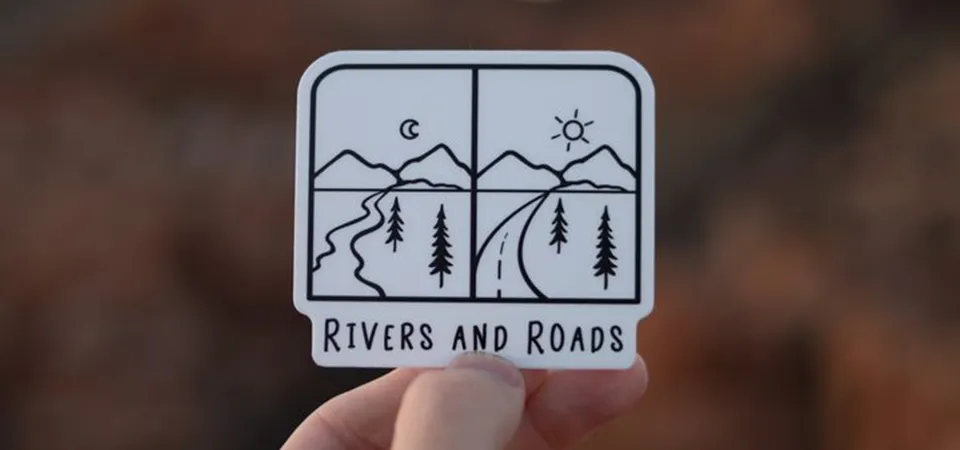
How you apply and care for your sticker is just as important as the quality of the sticker itself. A perfect sticker applied to a dirty surface will fail every time. Following a few simple steps can add years to its life.
Proper Application is Everything
The goal of application is to get the best possible bond between the adhesive and the surface. First, you have to clean the surface. I always recommend wiping it down with a bit of rubbing alcohol on a cloth. This removes any dust, dirt, or oils that could prevent the adhesive from sticking properly. Let it air dry completely. Then, when you apply the sticker, start from the center and smooth your way to the edges. I use a small plastic squeegee, but a credit card works just as well. This pushes out any trapped air bubbles and ensures the entire adhesive backing makes firm contact.
Mindful Cleaning and Care
Once the sticker is on, the main thing is to be gentle with it. When you wash a car, don't aim a power washer directly at the edge of the decal. When you clean a water bottle, use the soft side of the sponge. For a sticker on a laptop, a simple wipe with a damp cloth is all you need. The sticker is tough, but it's not indestructible. A little bit of care goes a long way.
How can you tell when it’s time to replace a waterproof sticker?
That sticker on your gear used to look amazing. Now it's cracked and faded, making your stuff look old and worn out, but you're not sure if it's bad enough to replace yet.
It’s time to replace a sticker when you see significant color fading, cracking or peeling edges, or the laminate layer starting to lift. These are clear signs the sticker has reached the end of its life and is starting to fail.
A worn-out sticker can make even the nicest product look bad. Part of maintaining your brand or your gear is knowing when to refresh your decals. The signs of failure are usually pretty easy to spot once you know what to look for.
The Signs of a Dying Sticker
- Visible Fading: This is often the first sign of aging on an outdoor sticker. The vibrant colors that once popped now look dull and washed out. A bright red might look like a pale pink, or a deep black will look like a hazy gray. This tells you the UV protection has worn out.
- Cracking and Peeling: If you see small cracks forming across the surface, it means the vinyl itself has become brittle from years of sun and temperature changes. If the edges are lifting and peeling away, it means the adhesive is failing. Moisture and dirt will get under those lifted edges and make the problem worse.
- Laminate Delamination: This is a fatal sign. It looks like the top clear layer of the sticker is separating from the printed layer underneath, often forming an air bubble or starting to peel off as a clear film. Once this happens, the printed design is exposed and will deteriorate quickly. At this point, it's definitely time for a replacement.
Do waterproof stickers work?
You hear the term "waterproof sticker" and you're skeptical. You've been burned by cheap paper stickers that claimed to be durable before and now you wonder if any sticker can truly hold up to water.
Yes, they absolutely work, as long as you buy the right kind. True waterproof stickers are made from a plastic like vinyl, not paper. When combined with a protective laminate, they can be submerged, washed, and exposed to the weather for years without damage.
I can say with total confidence that real waterproof stickers work because my business depends on it. The whole secret is in the material science. Paper is made of organic fibers that are like tiny sponges; their job is to absorb water. Vinyl is a solid sheet of plastic; water can't penetrate it. It's that simple.
Think of it like trying to make a rain jacket. A jacket made from a plastic poncho will keep you dry. A jacket made from a paper bag will fall apart, no matter how much wax you rub on the outside. That's the difference between a real vinyl sticker and a "water-resistant" coated paper sticker. The paper base is a fundamental weakness that will always fail eventually. True waterproof stickers don't have this weakness. They are built from the ground up with materials designed to repel water, not absorb it. When you get a sticker made from the right stuff, it doesn't just resist water—it completely ignores it.
Conclusion
High-quality waterproof stickers last 3-5 years, depending on materials and conditions. Their longevity hinges on using laminated vinyl, applying them to a clean surface, and choosing the right type for the environment.

